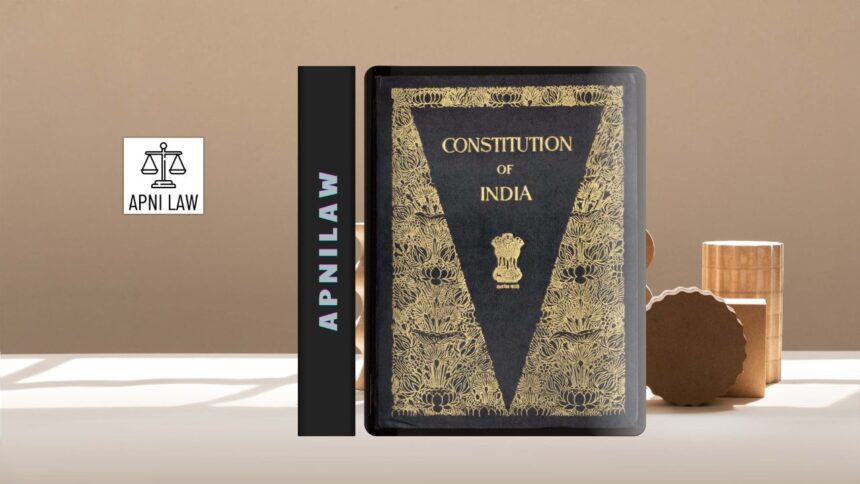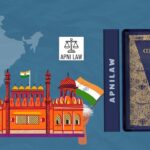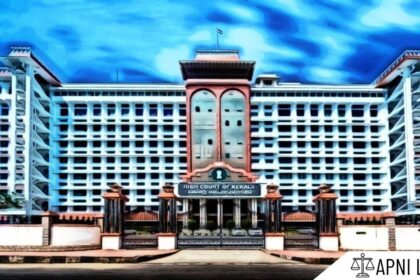Article 356 of the Indian Constitution gives the President power to impose President’s Rule in a state when its government cannot function in line with constitutional provisions. This provision has always been controversial because it has been used both as a safeguard in exceptional situations and as a tool for political gain. Over the decades, Article 356 has triggered intense debates on whether it ensures stability or damages federalism.
What Does Article 356 Mean?
Article 356 empowers the President to take over the governance of a state if there is a “failure of constitutional machinery.” This means that if the state government cannot function according to the Constitution, the President can dissolve or suspend the assembly and bring the state under direct control of the Union. In such a situation, the Governor acts as the representative of the Centre, and the state is administered through the President’s authority.
This power was included in the Constitution as an emergency measure. The framers believed that situations may arise where governance in a state breaks down completely, and the Union must step in to protect democracy and maintain constitutional order. However, the vague language of the article, especially phrases like “otherwise” and “failure of constitutional machinery,” gave room for wide discretion.
How Has Article 356 Been Misused?
Since 1950, Article 356 has been imposed more than 100 times. In many cases, it was not due to genuine constitutional breakdown but for political reasons. The Centre often used it to dismiss governments run by opposition parties.
The earliest misuse happened in Punjab in 1951 and later in Kerala in 1959. During the Janata Party’s rule in 1977, several Congress-led state governments were dismissed. Again, in 1980, when Indira Gandhi returned to power, she dismissed opposition governments across states. These mass dissolutions showed how the article became a weapon of political convenience.
Indira Gandhi’s tenure is often remembered for its frequent use of Article 356. She imposed President’s Rule more than 39 times, often citing reasons such as “political instability” or withdrawal of support. Many of these dismissals happened without giving the state government a chance to prove its majority on the floor of the assembly.
The Governor also plays a critical role in this process. Since the Governor is appointed by the Centre, many have accused them of acting as political agents rather than neutral constitutional authorities. Their reports recommending President’s Rule have often been biased, triggering unnecessary dismissals.
Such misuse undermines democracy. It removes elected governments and gives extraordinary powers to the Union. It weakens the federal spirit of the Constitution and concentrates decision-making in Delhi rather than the states.
Why Is Article 356 Still Necessary?
Despite misuse, Article 356 cannot be removed entirely because it serves an important purpose. There have been situations where it was the only option to restore order. For example, if law and order breaks down completely or if there is an external threat that paralyzes the state government, the Centre must step in.
Article 356 acts as a safeguard in cases of natural disasters, insurgencies, or security crises where normal governance becomes impossible. For example, in Jammu and Kashmir in 2018, President’s Rule was imposed because of internal security concerns and the breakdown of coalition governance. In such situations, it is difficult to imagine governance without central intervention.
The Constitution also provides safeguards against misuse. Article 356(3) requires parliamentary approval within two months of a proclamation. This ensures that the decision is not left to the President alone but is reviewed by both Houses of Parliament.
Judicial review also acts as a check. The Supreme Court can examine whether the proclamation was based on valid grounds or if it was politically motivated. Over time, this has created a strong layer of accountability.
What Did the S.R. Bommai Case Decide?
The landmark judgment in S.R. Bommai v. Union of India (1994) changed the way Article 356 is applied. The Supreme Court held that President’s Rule is not absolute and is subject to judicial review. The Court ruled that the floor of the assembly is the correct place to test a government’s majority, not the Governor’s report.
The judges emphasized that Article 356 should be used only as a last resort. They also made it clear that the Governor’s recommendations are not immune from scrutiny. If the President’s decision is based on mala fide reasons or irrelevant material, the courts can strike it down.
The Bommai ruling restored balance to the system. It limited arbitrary use of Article 356 and reinforced the principle of federalism. After this case, the frequency of President’s Rule impositions declined significantly.
What Do Commissions Say About Reforming Article 356?
Two important commissions have examined the misuse of Article 356: the Sarkaria Commission (1988) and the Punchhi Commission (2010). Both recommended strict guidelines.
The Sarkaria Commission suggested that President’s Rule should be imposed only when all alternatives fail. It stressed that the Centre must give states an opportunity to prove majority on the assembly floor before recommending dismissal.
The Punchhi Commission went further. It advised that if a constitutional breakdown happens in only part of the state, then Article 356 should be applied only to that region, not the entire state. This principle of proportionality ensures minimal interference in state autonomy.
These recommendations highlight the need for restraint and transparency. They encourage cooperative federalism rather than central domination.
Has Misuse Declined in Recent Years?
Yes, the misuse of Article 356 has reduced significantly since the 1990s. Judicial review after the Bommai case, greater public awareness, and stronger parliamentary debates have made arbitrary impositions less common.
Since 2000, only a handful of cases of President’s Rule have been seen, such as in Arunachal Pradesh (2016), Uttarakhand (2016), and Jammu and Kashmir (2018). In many of these cases, courts and civil society closely monitored the process, ensuring accountability.
While disputes still arise, the difference from the earlier decades is visible. The provision is now seen more as a last resort rather than a first political tool.
Does Article 356 Threaten Federalism?
Article 356 has always been criticized for threatening federalism. India’s Constitution describes the country as a “Union of States,” and state autonomy is a central principle of federalism. When the Union dismisses elected governments, it disturbs this balance.
Frequent misuse in earlier decades showed how the Centre could undermine democracy at the state level. Opposition parties often accused ruling parties at the Centre of weakening rivals by dissolving their governments.
However, the checks introduced by courts, Parliament, and commissions have restored some balance. Today, states can challenge President’s Rule in court. Governors’ reports face scrutiny. These safeguards reduce the threat to federalism. But the provision still requires careful use, as even a single misuse can harm democratic values.
For any specific query call at +91 – 8569843472
Conclusion
Article 356 remains one of the most debated provisions of the Constitution. Its history shows a pattern of misuse for political purposes, especially in the first four decades after independence. However, it has also played a crucial role during genuine crises when state governments failed completely.
The S.R. Bommai case, along with recommendations of commissions and parliamentary oversight, has strengthened safeguards against misuse. The frequency of arbitrary dismissals has gone down, and the provision is now used with greater caution.
Article 356 is thus both a weapon and a shield. It is necessary as a constitutional safeguard, but its misuse damages democracy and federalism. The key lies in using it only in exceptional situations, with transparency, proportionality, and judicial review. India’s democratic future depends on ensuring that President’s Rule serves the people, not political power.








